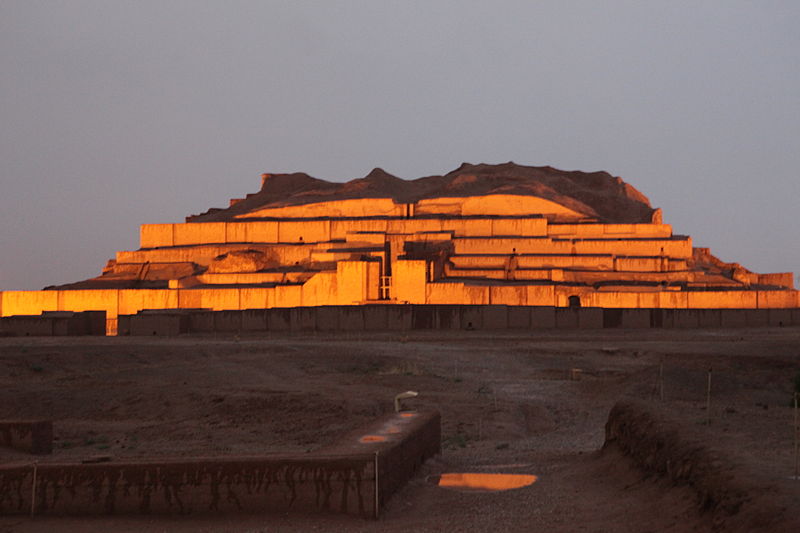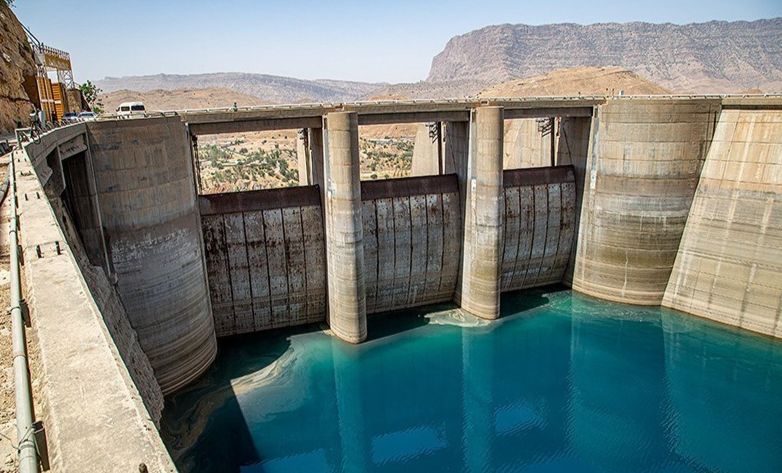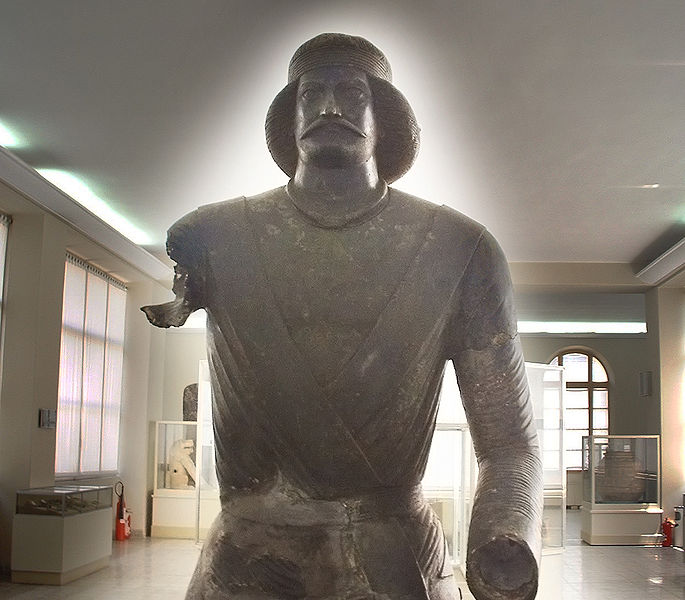Khouzestan province is located in the southwest of Iran at the coast of Persian Gulf with the centrality of Ahvaz and is considered to be the center of oil and gas production in Iran. In terms of having different subcultures, Khouzestan is the most diverse province. Bakhtiaris, native Arabs, Persians, Lurs etc.reside in Khouzestān. Routinely exceed 45°C degrees Celsius and Khouzestan province is the cradle of civilizations such as Elamaite civilization due to its ancient history.
The province of Khouzestan can be basically divided into two regions, the north of the Ahvaz Ridge, and the plains and marsh lands to its south. The area is irrigated by the Karoun, Karkheh, Jarahi and Maroun rivers. The climate of Khouzestan is generally very hot and occasionally humid, particularly in the south, while winters are much more cold and dry. Summertime temperatures routinely exceed 45C degrees Celsius and in the winter it can drop below freezing, with occasional snowfall, all the way south to Ahvaz. Khouzestan is possibly one of the hottest places on earth with maximum temperature in summer soaring up to 55 C degree Celsius.
The province of Khouzestān is one of the centers of ancient civilizations, dating back to 6,000 years in Shoush (Susa). In the 4th millennium BC the powerful Elamite government was founded in Susa, and was founded in Susa, and was overthrown in the 1st millennium BC by the Assyrians. In the vear 640 BC, Shoush came under the rule of the Assyrians and was divided into two parts.

The northern segment named “Anzan” came under the rule of Parsees who had been the former settlers of this region, and the southern part was dominated by the Assyrians. In the ar 538 BC Kourosh (Cyrus) the Achaemenian, sent his forces to Babylon and conquered the Elamite lands. The city of Susa was then proclaimed as one of the Achaemenian capitals. In the year 187 BC, due to weakness of Seleucid Dynasty, Pars and Khouzestān united and slipped out of their control. Mehrdad I. the Parthian (171-137 BC) gained victory over the Seleucid ruler in a war and appointed someone from the Parthian Dynasty as a ruler of Khouzestän. During the Sassanid Dynasty this area thrived tremendously and flourished, and this dynasty was responsible for the many constructions that were erected in Ahvāz, Shoushtar and the north of Andimeshk. After the Muslim Arabs conquered Iran, the Omavi and Abbassid Caliphates held the ropes in Khouzestān and ruled till the mid-9th century. On the decline of the latter, Yaqoub (Jacob) Lais, from the vicinity of Sistān, raised the flag of independence and ultimately gained control on Shoush and Shoushtar. In the 1730 Nader Shah Afshar entered Khouzestān. On the death of Karim Khan Zand, the area was witness to violations, and during the reign of Fath-ali Shah Qajar, Khouzestān was finally divided into two. After the Iran-Britain war in 1894, peace prevailed in Khouzestān for a period of 40 years. At this time the Arab tribes or clans had been divided into different groups, each being ruled by a Sheikh (or chief). In the past eighty years, except during Iran Iraq war, the province of Khouzestān thrived and prospered, and today accounts for one of the regions in Iran that holds a strategic position.

Khuzestan is inhabited by many different ethnic groups; the population of Khouzestan consists of native Persians, Arabs,Bakhtiaris, Lurs, Turkish-speaking Qashqai people and Afshar tribe, and Armenians. Khouzestani folk music is joyful and festive, and each native group has their own rich traditions and legacy in this area. The people of Khouzestan are predominantly Shia Muslims, with small Sunni Muslim,Jewish, Christian and Mandean minorities. Khouzestanis are also very well regarded for their hospitality and generosity.

Reference: Cultural Heritage, Handicrafts & Tourism Organization of Iran, Iran Travel guide. Iran: 2018
